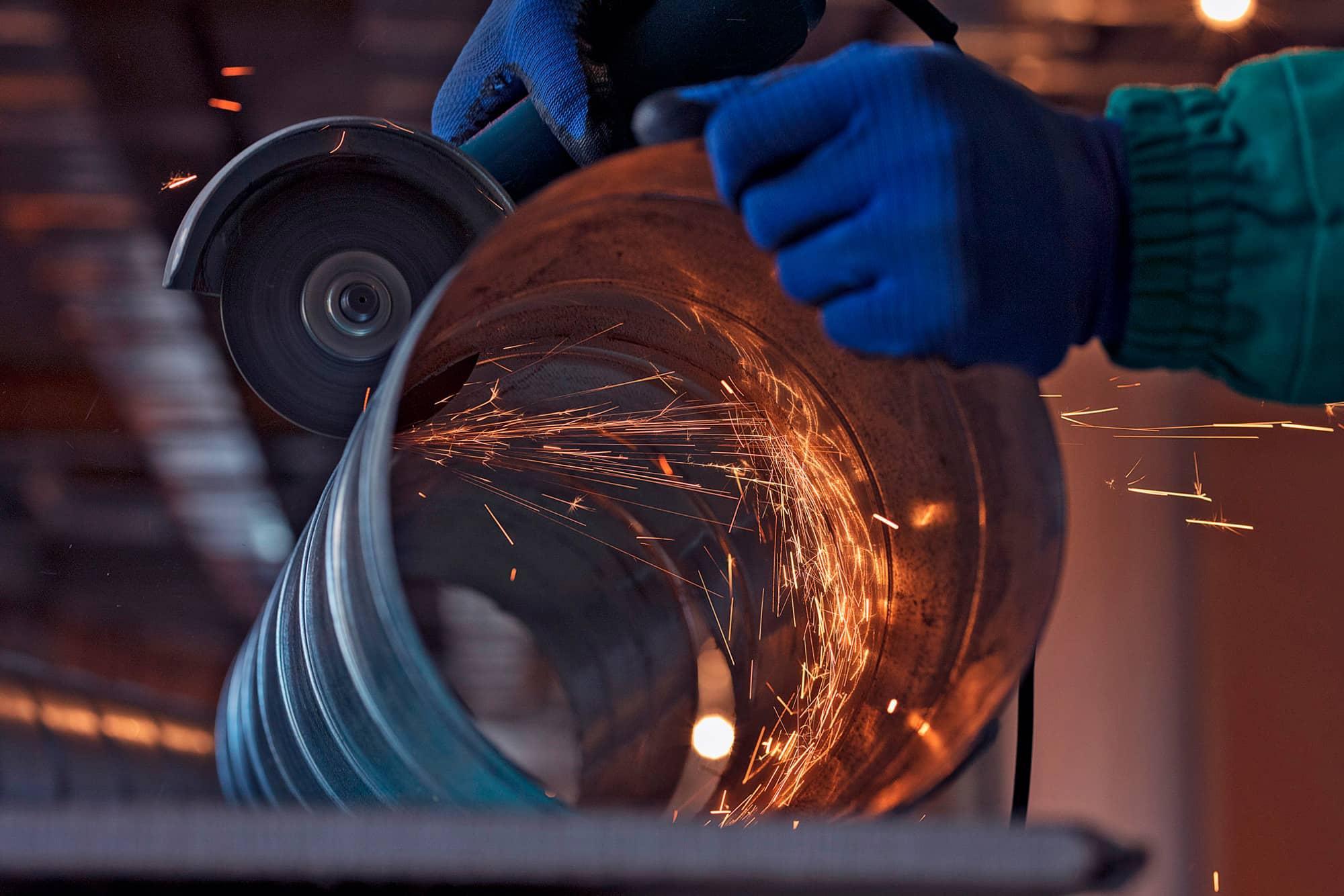What Are Three-Dimensional Abrasives? Benefits, Types & Applications
Three-dimensional abrasives are essential in polishing processes thanks to their unique characteristics and numerous advantages. In this article, we will explain in detail what they are, their main features, and the benefits they offer.
What Are Three-Dimensional Abrasives?
Three-dimensional abrasives, also known as non-woven abrasives, represent an innovation in the field of abrasive materials. Their structure consists of abrasive grains bonded to entangled polyamide filaments, forming a non-woven fabric that provides exceptional durability.
These abrasives stand out for their versatility and durability, thanks to the various thermosetting binders that preserve their integrity even at high temperatures. This composition enables the production of a wide range of abrasive products—from sanding discs to wheels and brushes—tailored to the specific needs of different industries.
The three-dimensional structure of these abrasives is key to their effective performance. Unlike conventional paper or cloth abrasives, they feature an additional perpendicular dimension that provides remarkable flexibility and adaptability to the workpiece. This characteristic allows the abrasive grain to behave as if mounted on a spring, absorbing excess pressure during the process and ensuring prolonged contact with the surface. As a result, a distinctive and highly sought-after satin finish is achieved, ideal for applications where precision and quality are essential.
Types of Three-Dimensional Abrasives
The innovation in the three-dimensional abrasives industry offers a wide range of options for surface treatment. Let’s take a look at the main types:
Polishing Abrasives
Primarily used for surface preparation, satin finishing, and final polishing. These are commonly applied in the aerospace industry, as well as on metal accessories and wooden surfaces, typically in the form of pads or discs.
Wheels and Brushes
Predominantly used in the jewelry, oil, and hardware manufacturing industries. These tools are ideal for polishing, conditioning, removing casting residues, and refining various surfaces.
Surface Conditioning Material
Similar to coated abrasives, these include a fabric backing that provides mechanical strength. This allows them to be used in a wide variety of formats such as belts and discs, making them suitable for multiple industries—from stainless steel processing to automotive manufacturing.
Key Features
Three-dimensional abrasives offer outstanding characteristics that enhance the polishing process:
- Higher Cutting Capacity: Their 3D structure allows them to remove more material per pass than traditional abrasives, resulting in faster and more efficient polishing.
- Improved Surface Finish: The three-dimensional design enables a finer and more uniform finish on the polished surface.
- Longer Lifespan: These abrasives last longer than conventional ones, reducing the need for frequent replacements during the polishing process.
- Reduced Dust Generation: Their structure helps trap dust during polishing, minimizing airborne particles and improving workplace air quality.
- Greater Versatility: They can be used on a wide variety of materials, including metal, wood, plastic, and stone.
Advantages of Three-Dimensional Abrasives
Here are the main benefits of incorporating three-dimensional abrasives into your projects:
- Increased Productivity: Their higher cutting power and extended lifespan lead to greater efficiency in polishing operations.
- Superior Finish Quality: They deliver a finer and more consistent surface finish.
- Lower Costs: Their durability and reduced dust generation help lower overall polishing costs.
- Improved Work Environment: Less dust means a cleaner, healthier workspace.
Conclusion
In short, three-dimensional abrasives are an innovative tool that offers numerous advantages over traditional abrasives. If you're looking to improve productivity and surface quality in your polishing process, three-dimensional abrasives are the ideal solution. If you have any questions, feel free to contact us—we’ll help you choose the optimal abrasive for your project.
